A life dedicated to the search for the light-color relationship, with different modes and relevant reflections dedicated to the study of pure painting, with restless artistic experiences with studies on color and painting especially of the Italian masters both primitive (from the Lorenzetti brothers to Cimabue, from Duccio da Boninsegna to Giotto) and Renaissance (Raphael, Luca Signorelli, Sandro Botticelli... ). This is the art of Maurizio Faleni(here an in-depth look at his art). For Faleni, who lives and works in Livorno, painting is an absolutely personal prerogative, a philosophy that draws on the thought of Otto Rank, namely the urgency to represent an abstract idea of the soul, to give form to the invisible. In his career he has exhibited in Italy and abroad (from the Fattori Museum in Livorno to the Sharjah Museum in the United Arab Emirates, from the Villa Paolina in Viareggio to the Kunsthalle in Meisterschwanden, Switzerland). And he tells his story in this interview.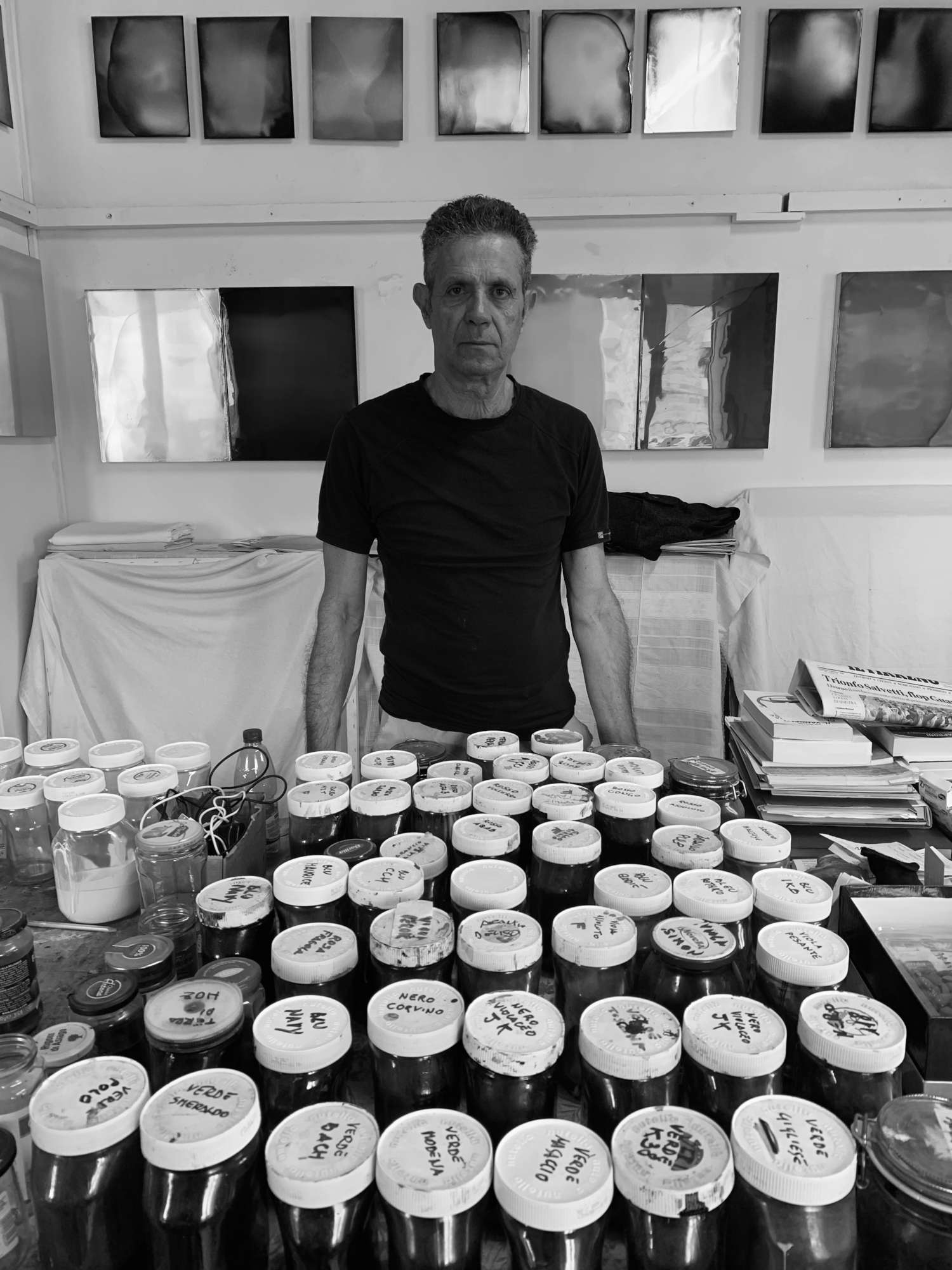
GL. For most artists, childhood represents the golden age when the first symptoms of some interest in art begin to appear. Was this the case for you as well?
MF. No, I didn’t have a disruptive period to decide to engage in a beginning of artistic activity. Mine was a very playful childhood.
What studies did you do?
I studied at the Academy of Art in Florence.
Were there any important encounters during your education?
I was lucky enough to attend Roberto Peccolo’s Gallery in Livorno, which allowed me to meet, understand, and experience poetics of artists of the highest level.
How important for you was the connection with your city and its pictorial tradition?
Livorno is a perfect city to be able to work in, and as far as its tradition is concerned, my instinct has always been to move away from it.
Over time how has your work developed?
With an endless search made up of passion, studies, travel and frequentations. I have had alternating good and bad periods, but with the goal of always adding something new to my work.
How important is color in what you do?
My painting is also made up of form not just color. Everything contributes to the balance of the work in equal measure.
Are you interested in the pictorial aspect?
If you mean by the pictorial aspect as a continuation of research done over the centuries I would say yes, but if the pictorial aspect itself is to remain simple decoration that is not my case, and so my answer is absolutely no.
When you start a work do you already have a clear idea of how it will develop, or is there room for changes along the way? Does chance play an important role in your work?
The unknown is my biggest challenge. Being able to modify in progress is a struggle that I have been continuing for years, I may know where I start the work but I never know where and when to finish.
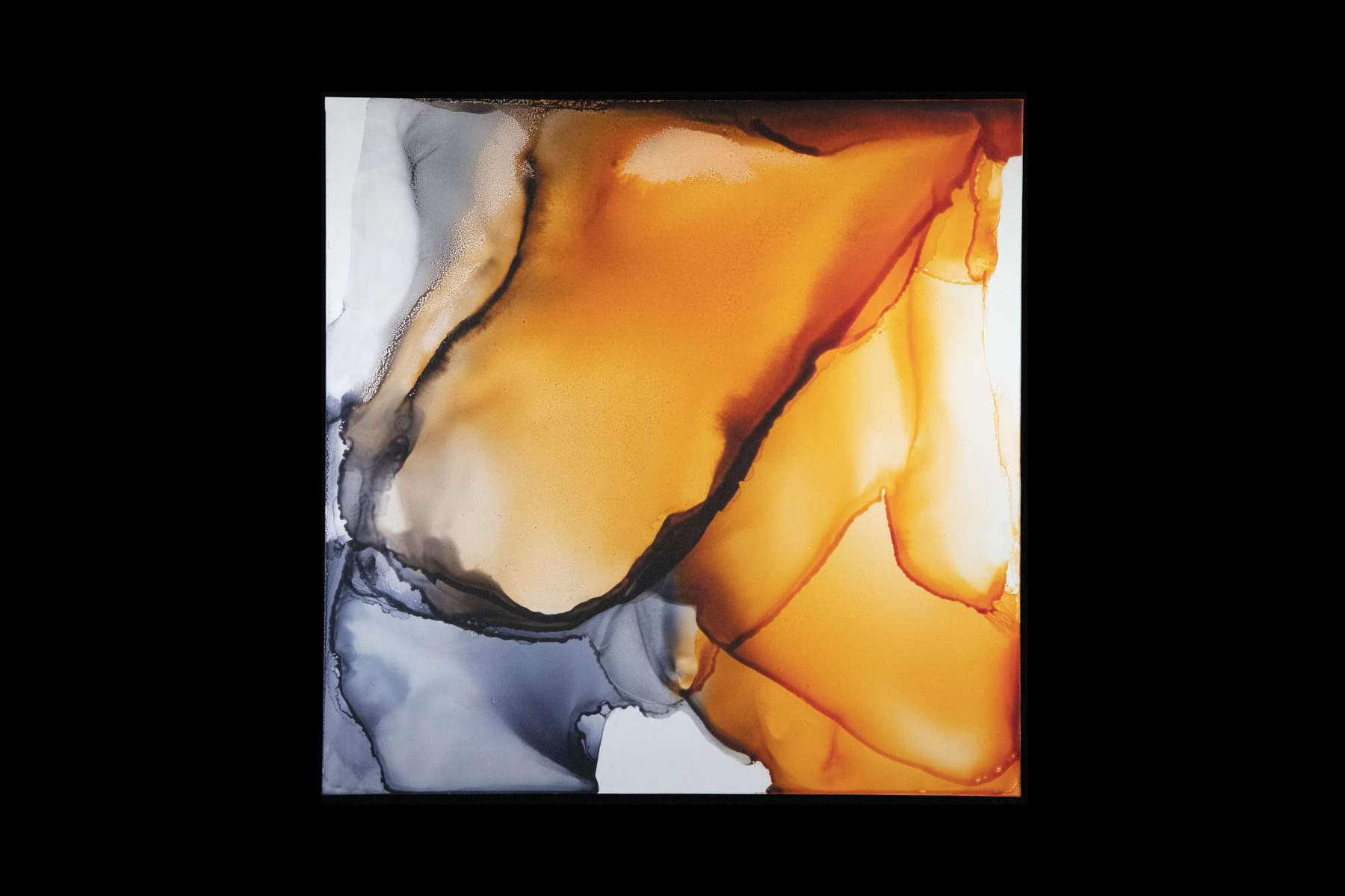
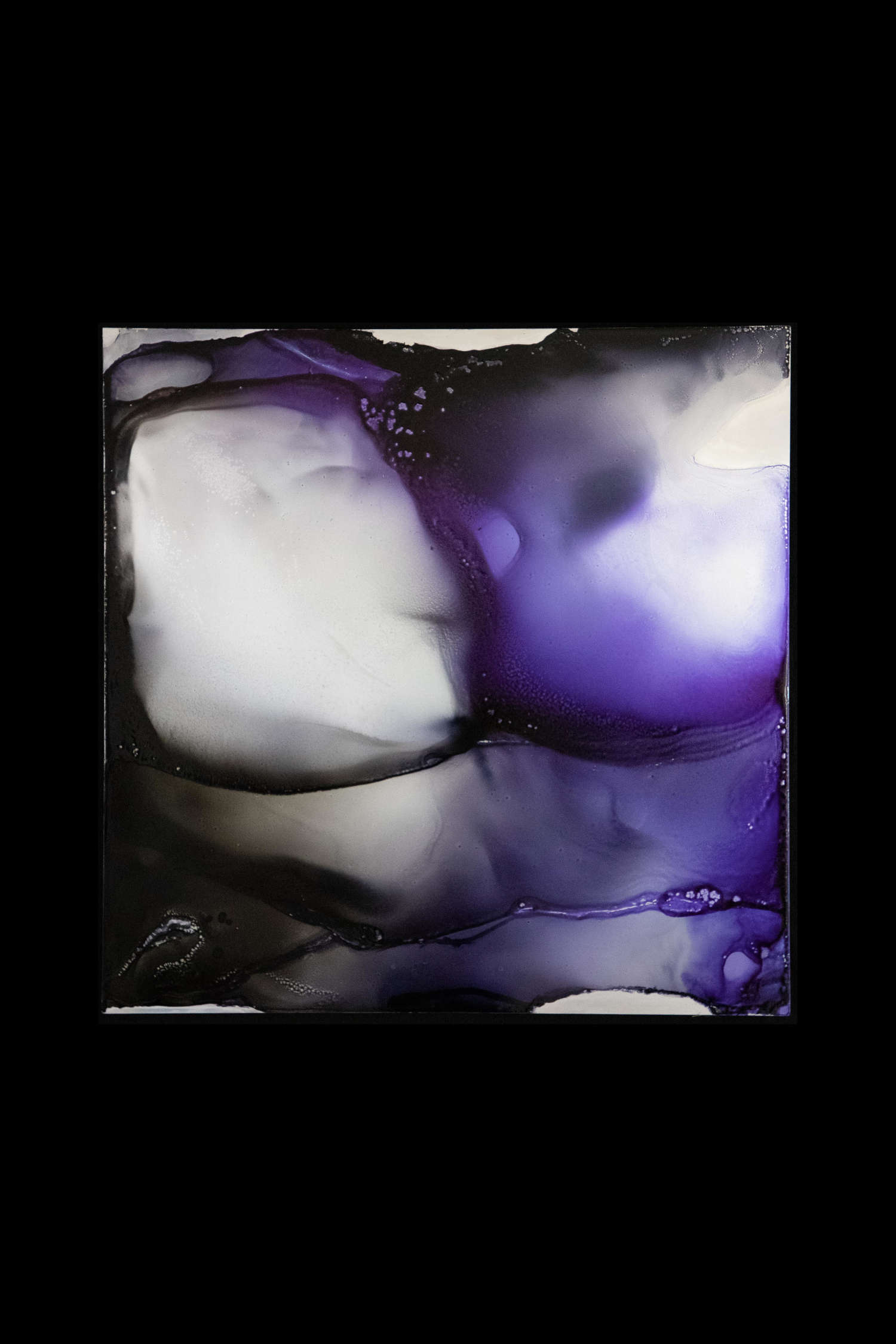
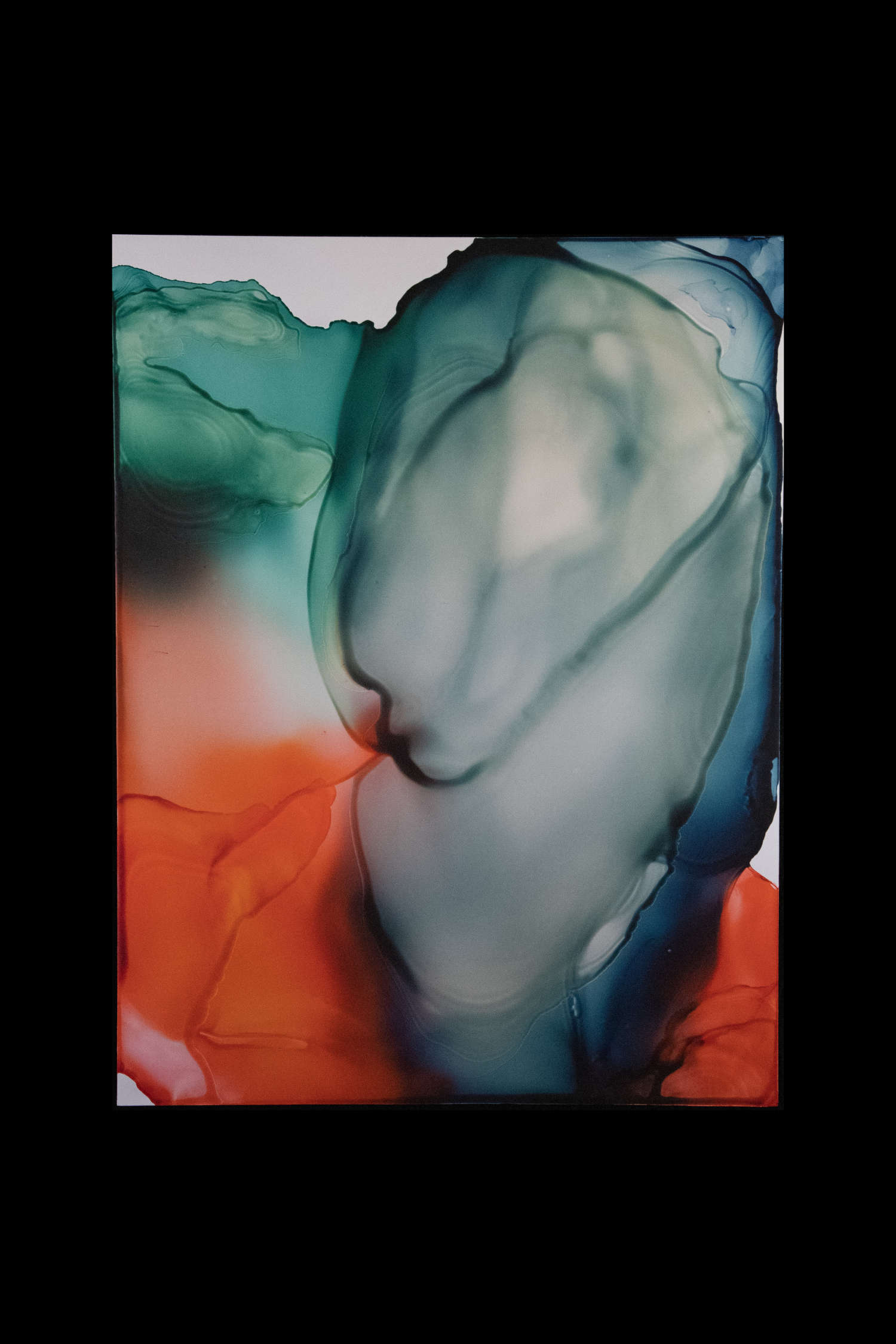
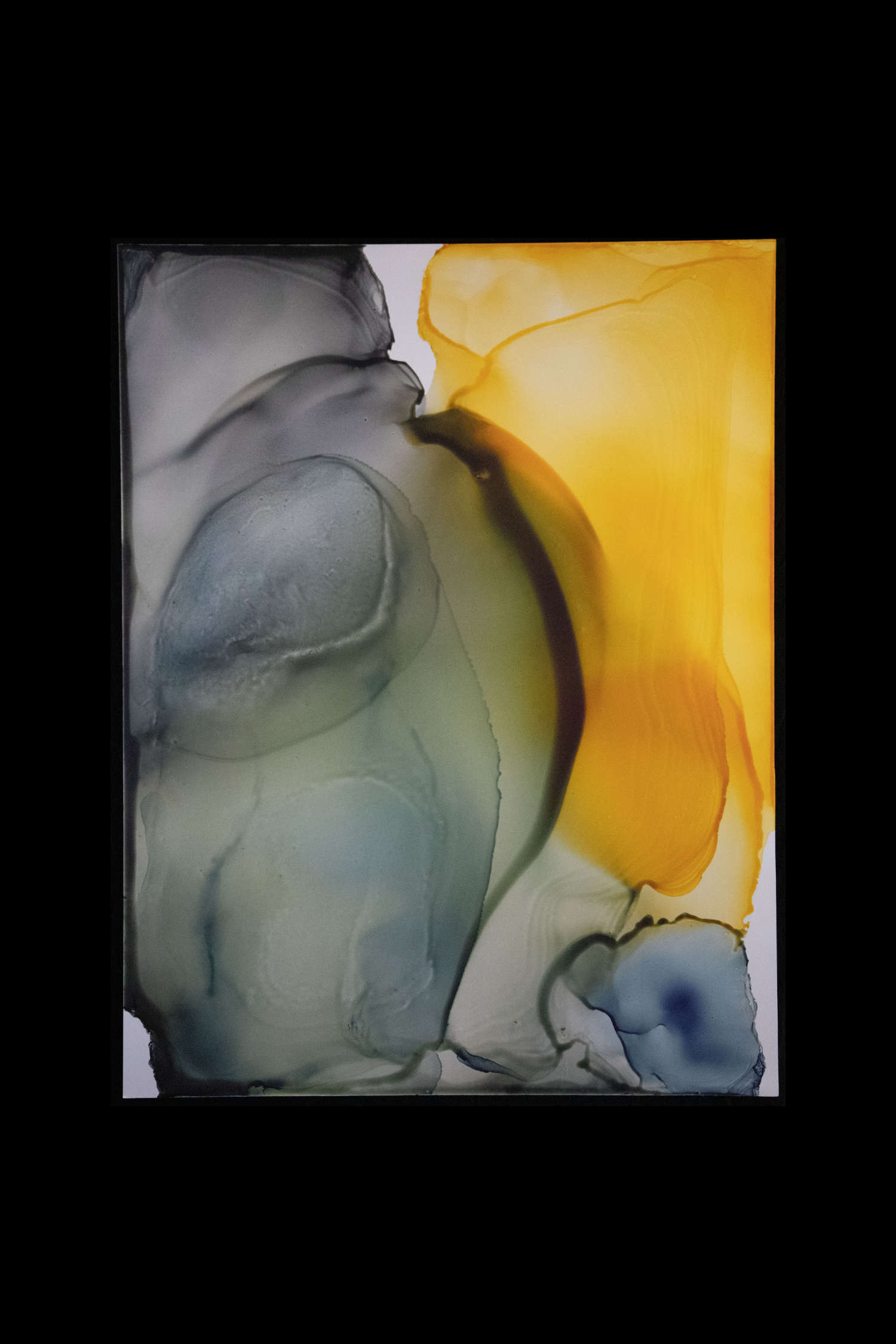
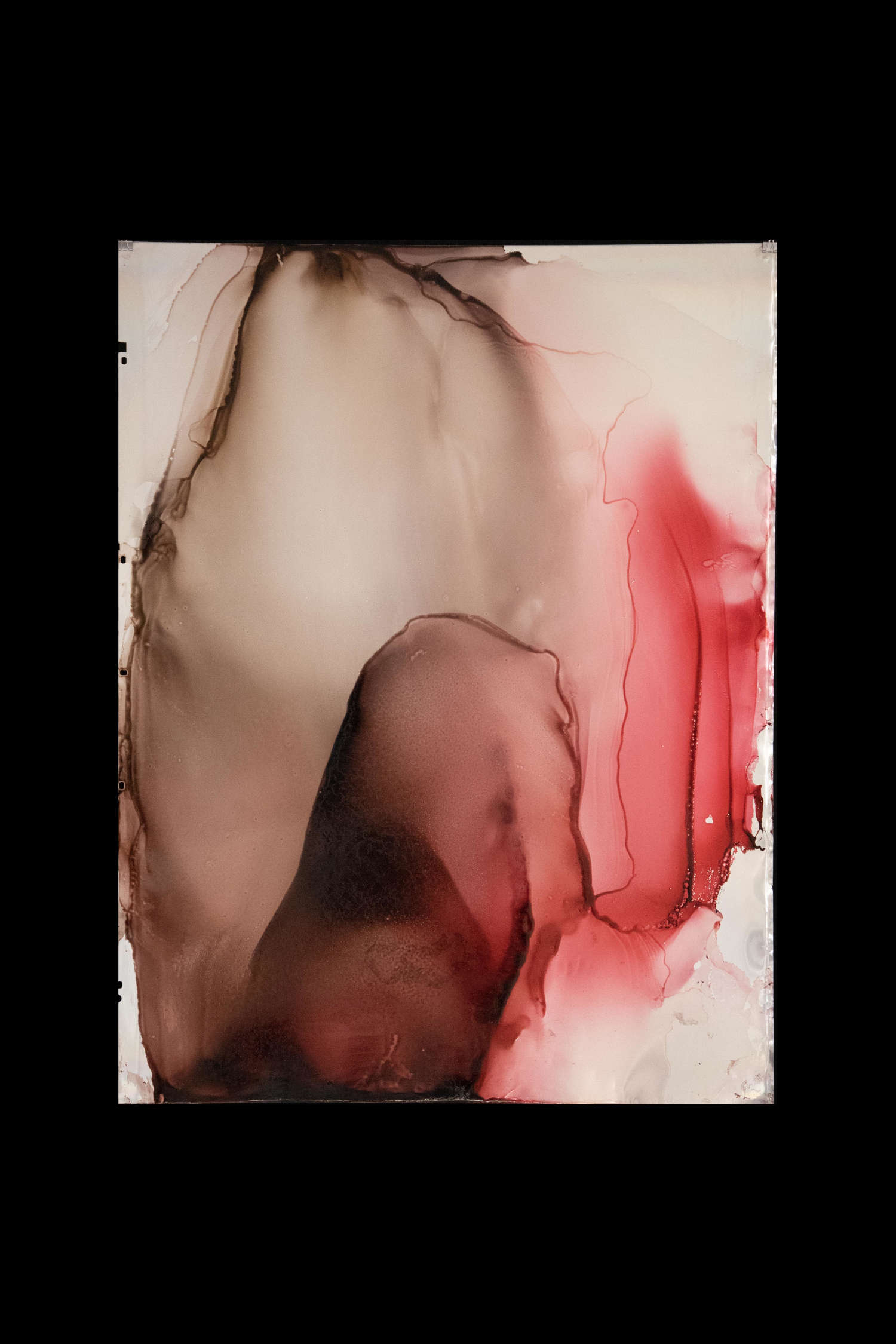
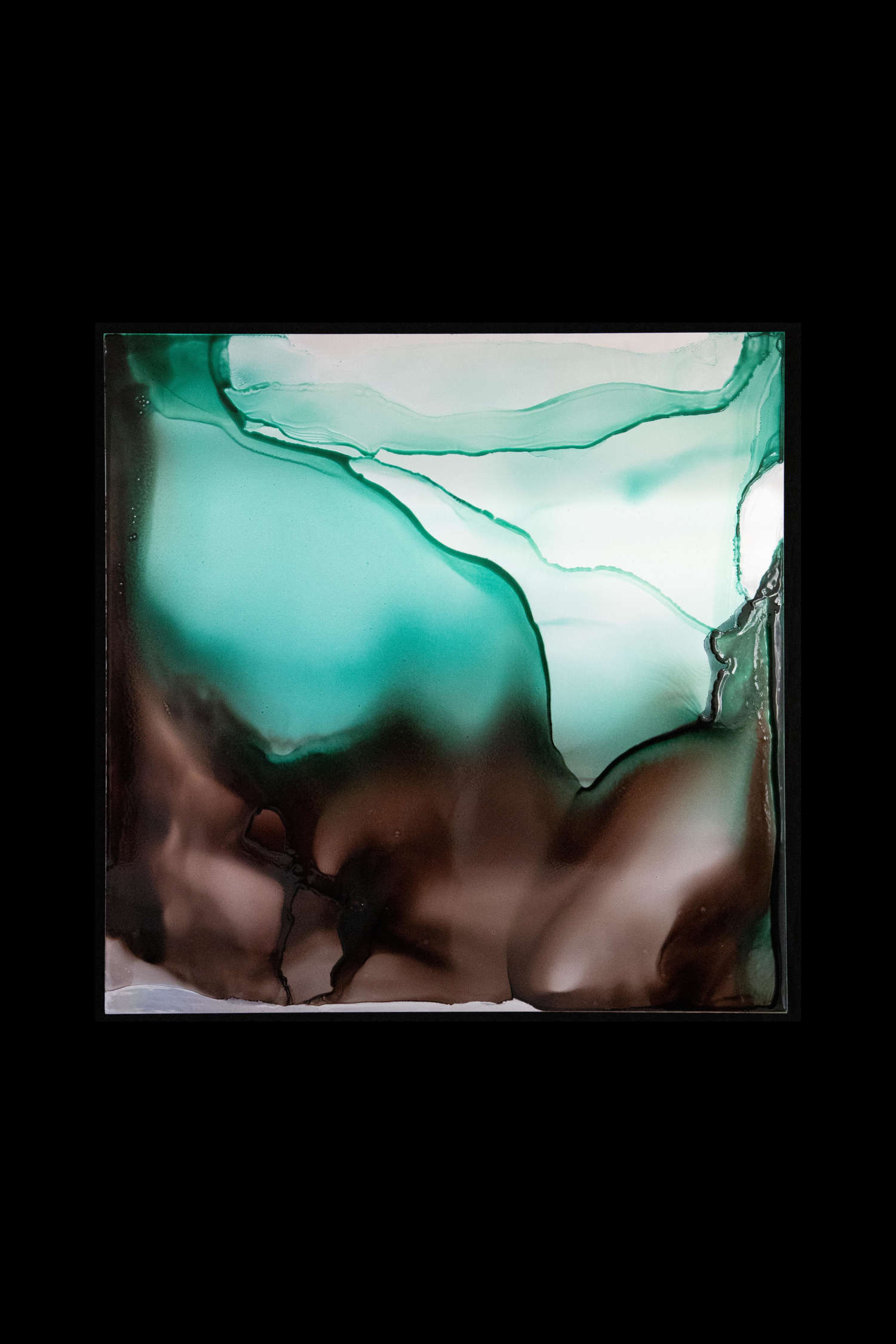
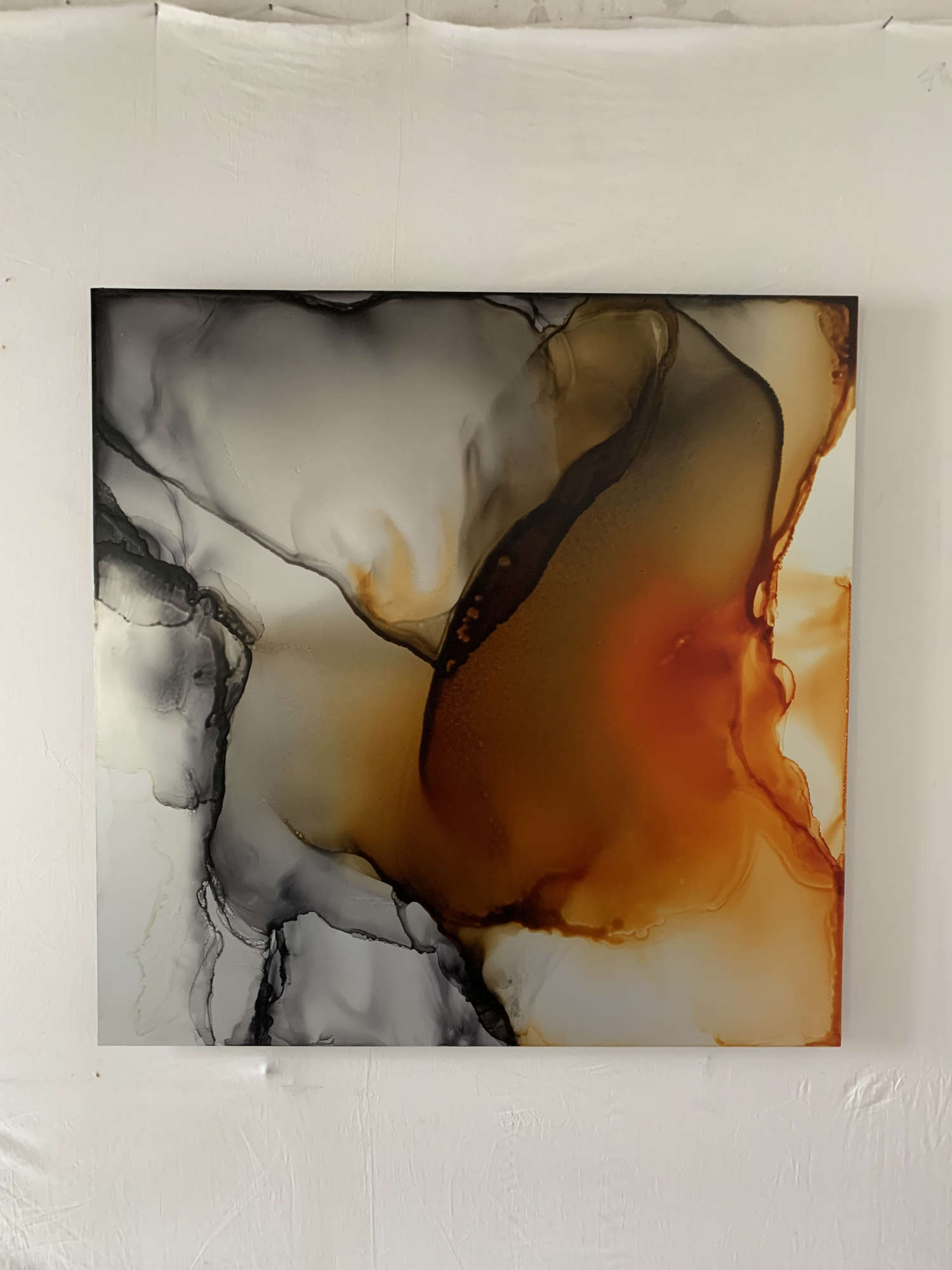
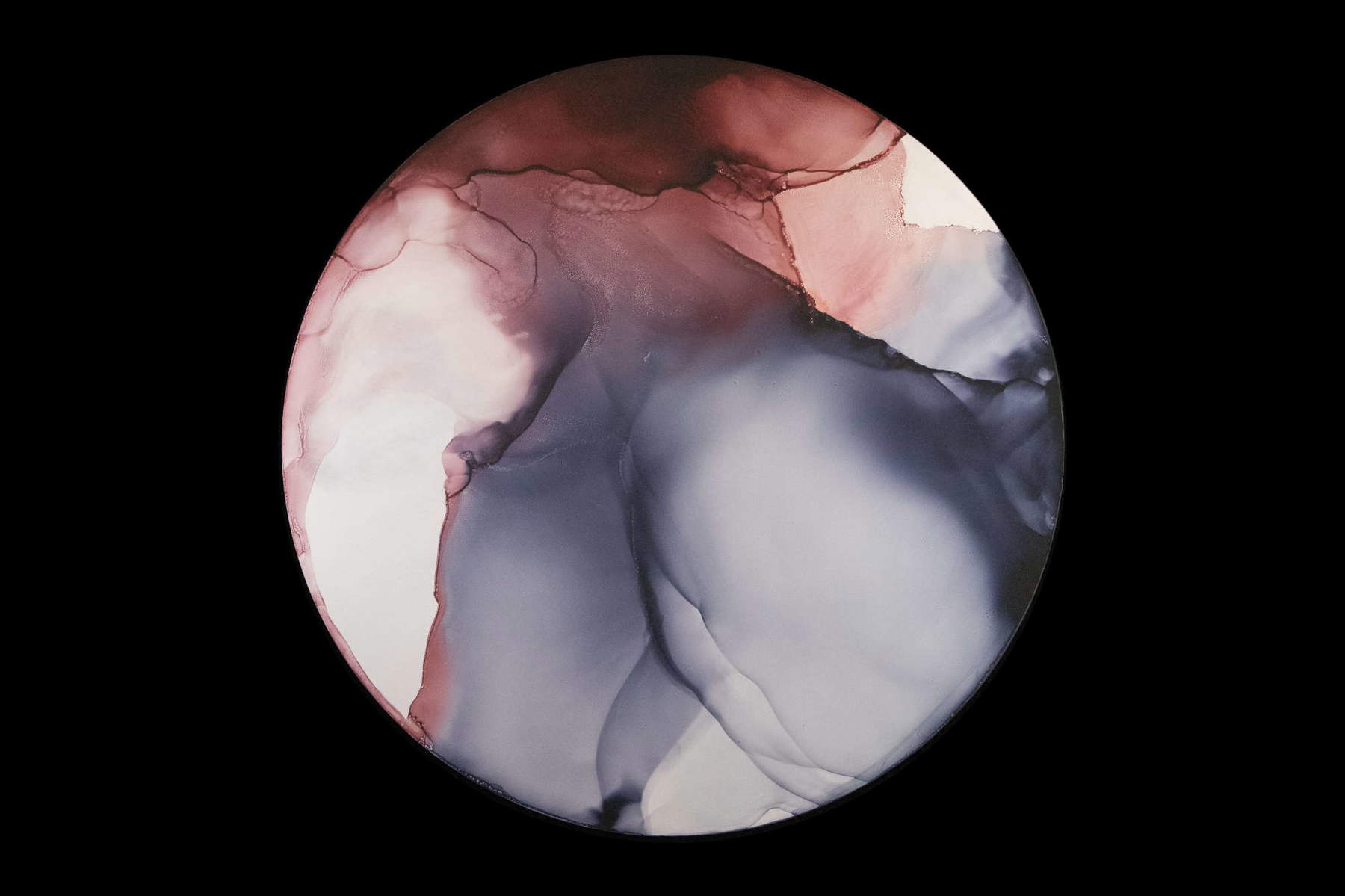
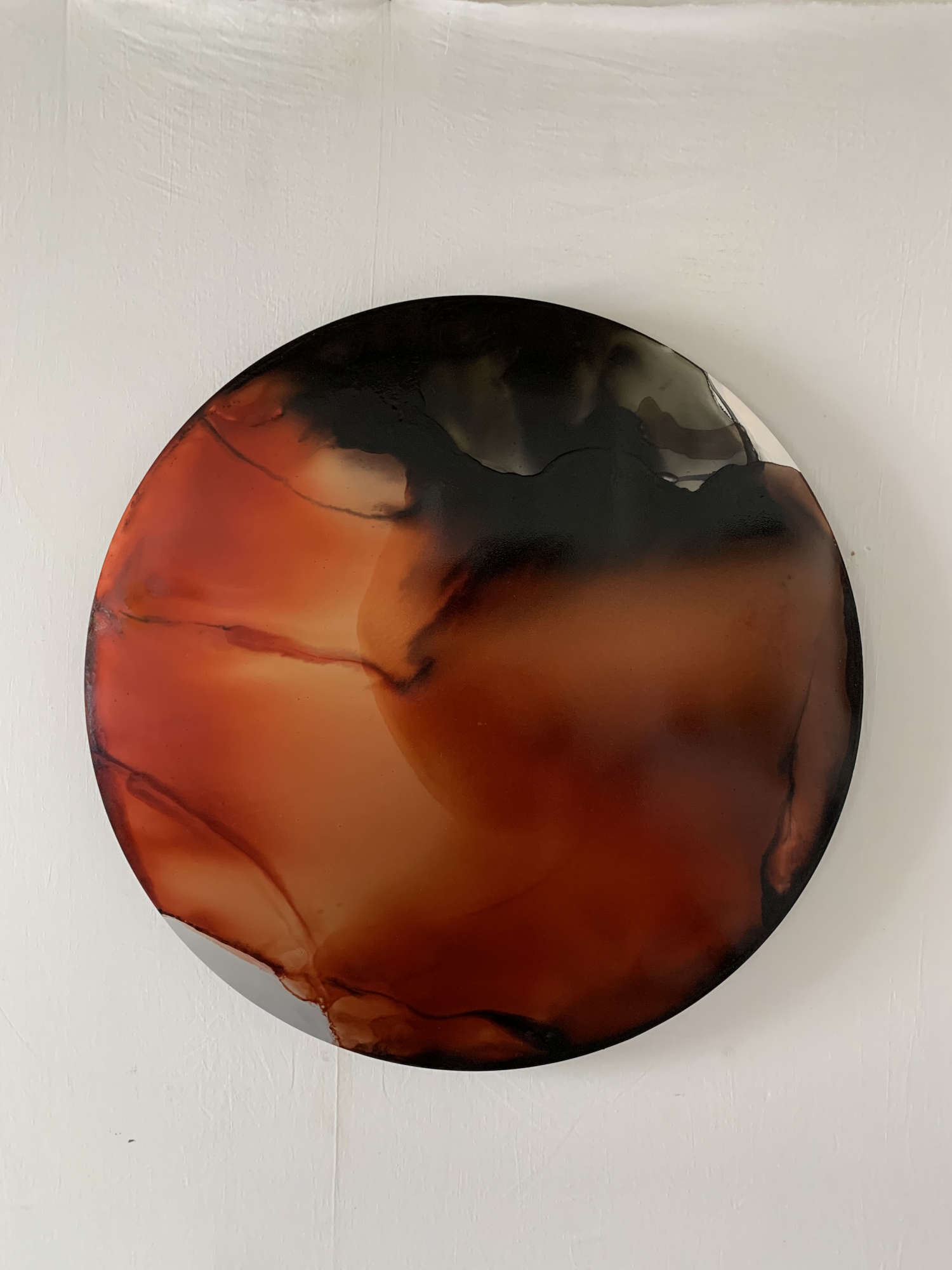
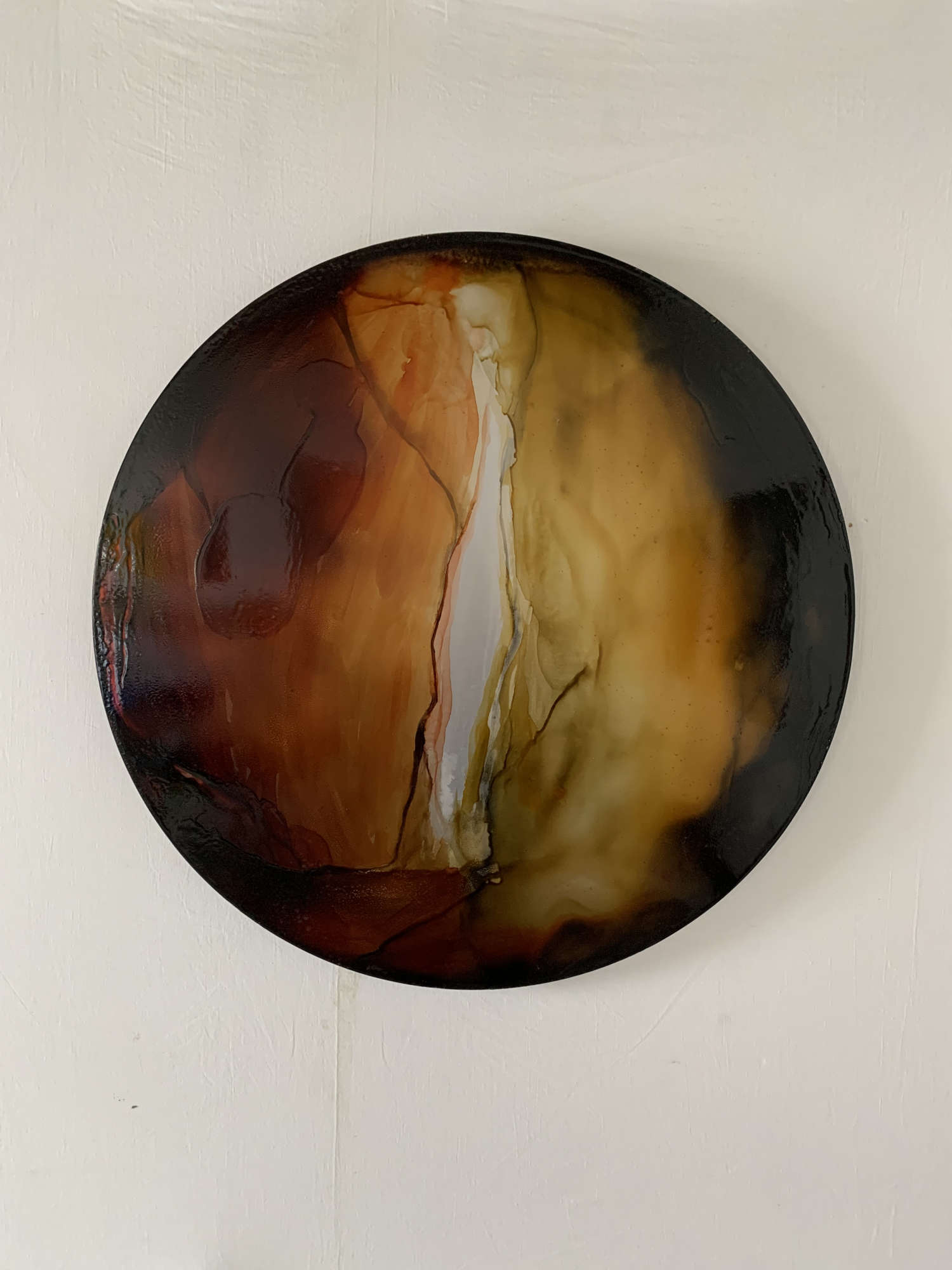
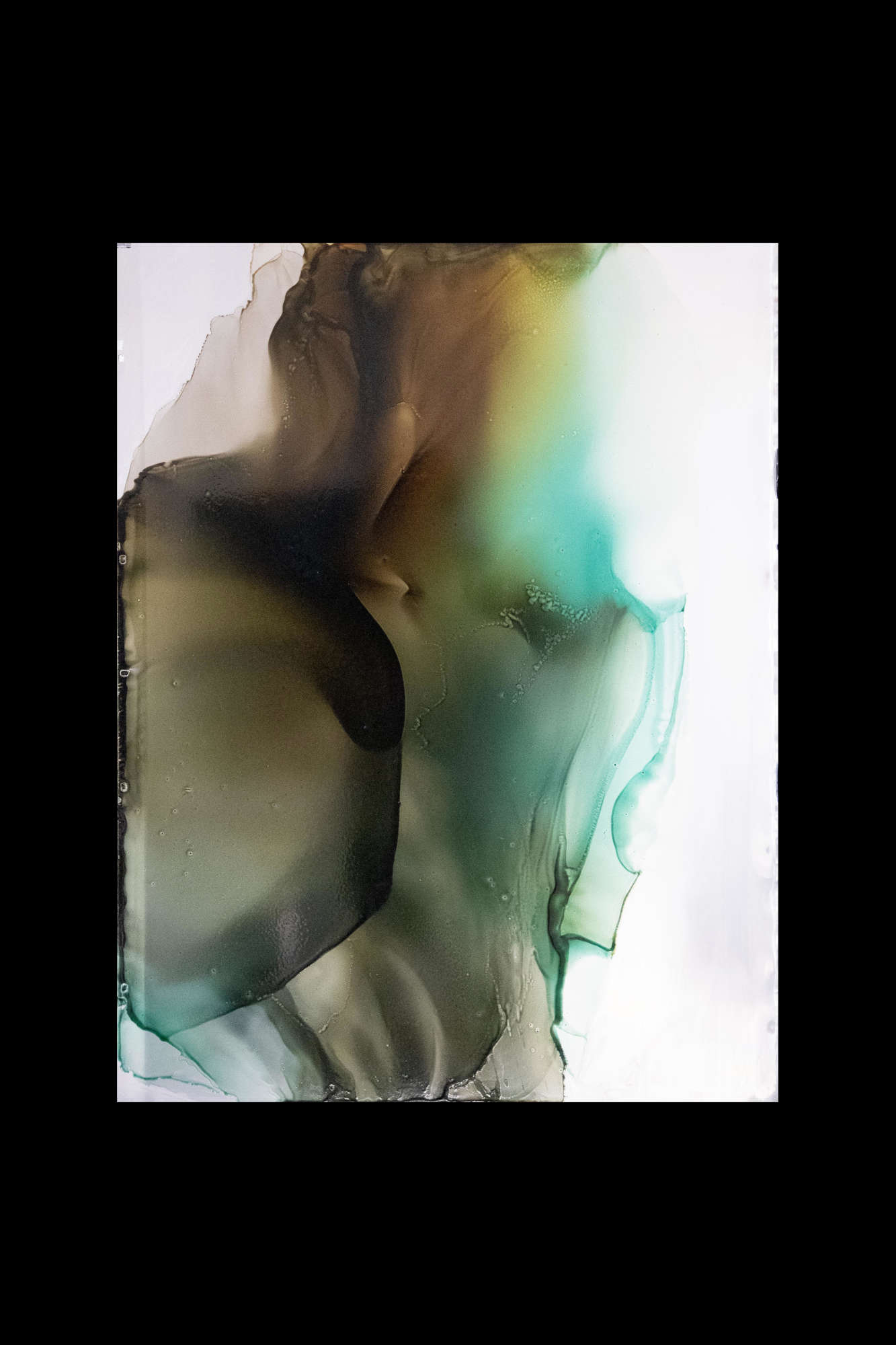
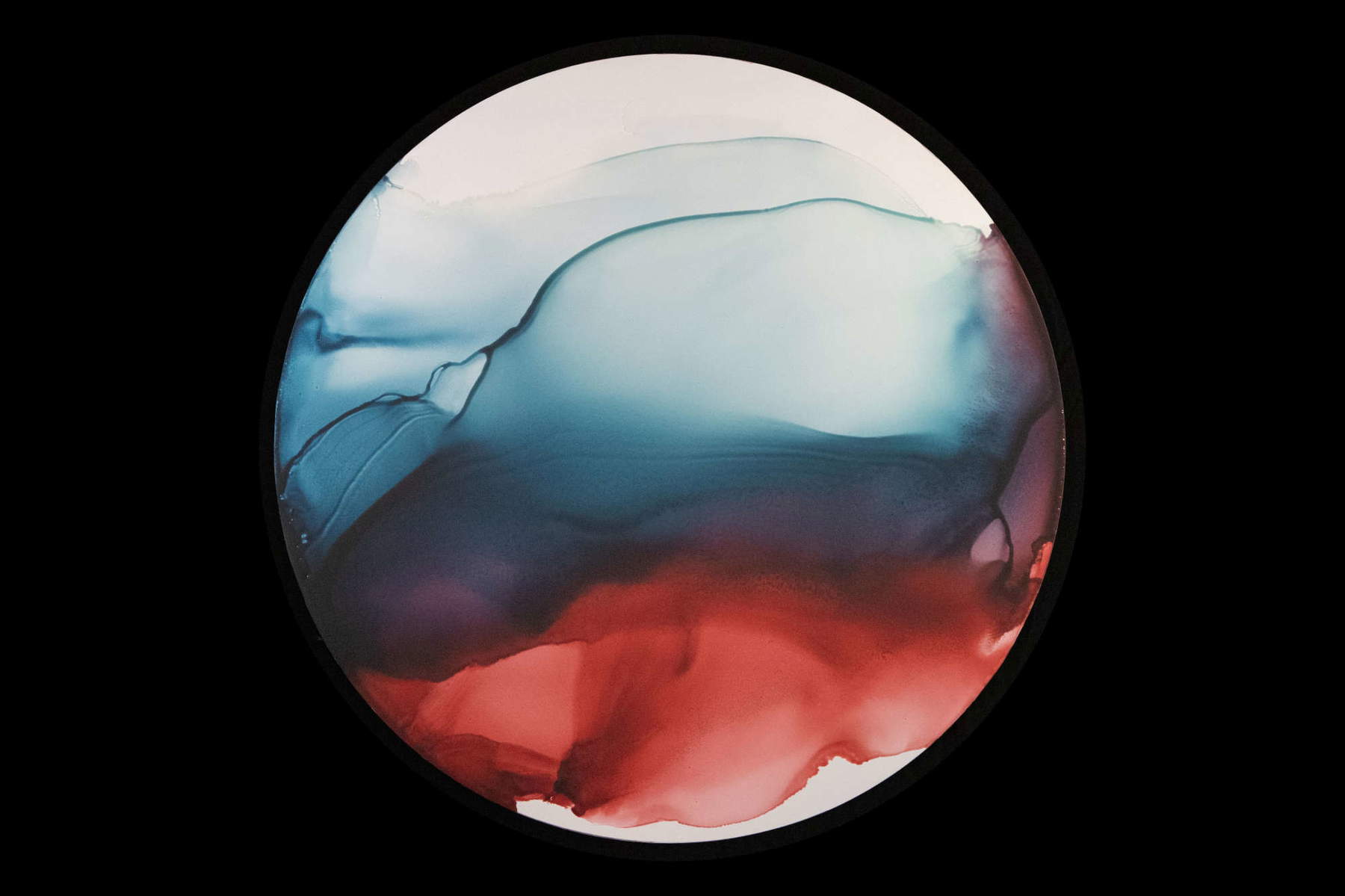

Based on what do you choose the formats you work on?
I use minimal forms that have always told the History of Painting.
Lately the names of some artists from the past appear in the titles of your works--can you explain this choice on what it depends?
It is an anarchic choice, essentially related to the continuous study of painting, so I do not want to trivialize with the title the idea of having a relationship between my work and the master of reference. It is, and remains, primarily a spiritual, supersensible bond, which leads me to pay homage to certain artists in Art History.
Does the idea of staging the work referred to in your exhibition have any importance?
The importance of the staging of my work in relation to the hosting space is basic to a successful fruition of my work. Every detail is carefully studied down to the smallest detail.
What kind of dialogue do you seek with the viewer in front of your work?
I have never asked myself this question, as I am so focused on what I do that it comes naturally to me not to consider who is on the outside of my work and what they might possibly think. If anything, it would be interesting to turn the question back to the user.
What happens to the works when there is no one watching them, can the existence of a work of art be without the presence of an observer?
Art assumes importance the moment it is observed. If there is no observer, there is no art.
Where do you think the artist stands in relation to his or her work?
As a painter, I stand between the Light and the work.
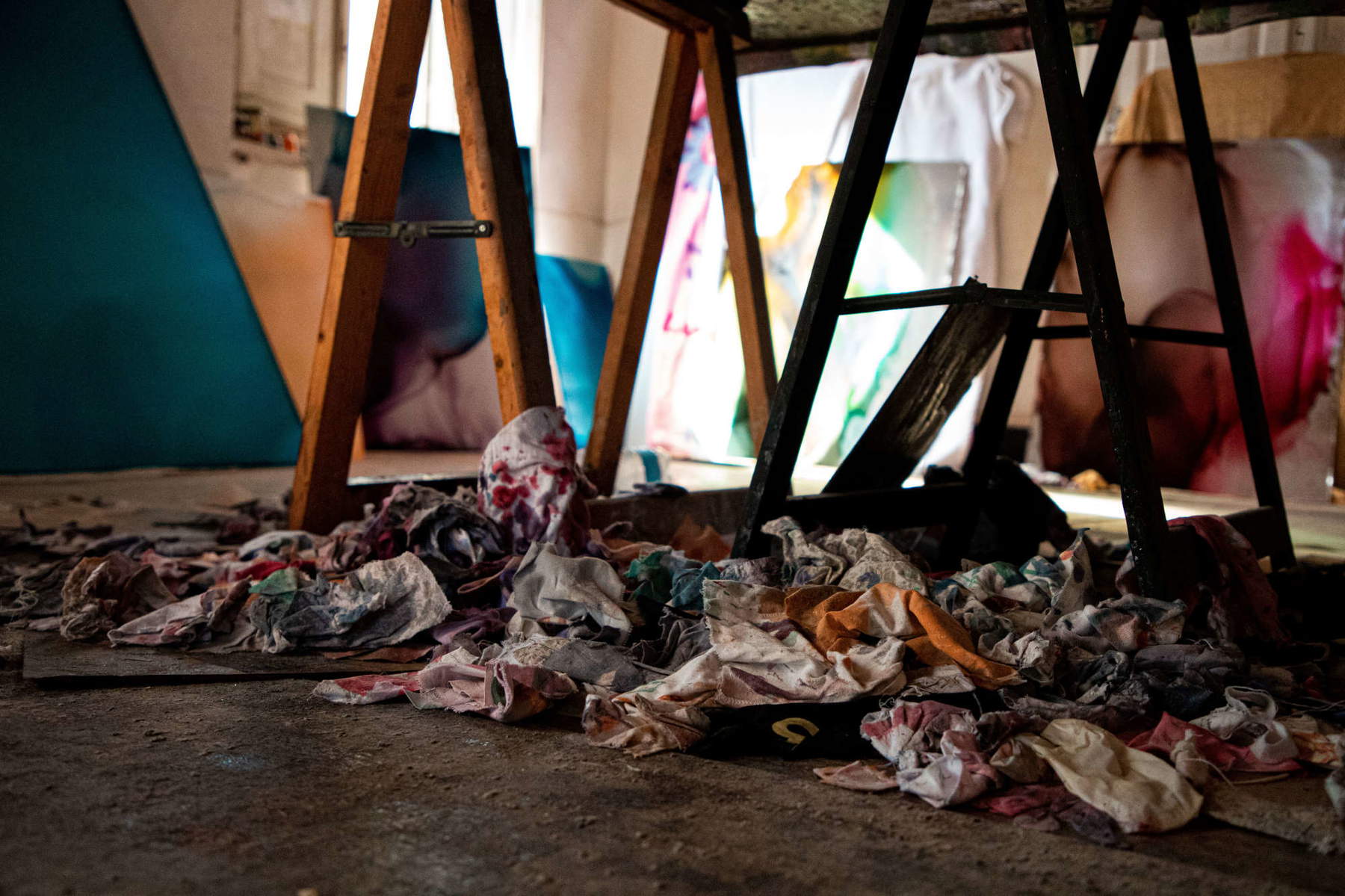
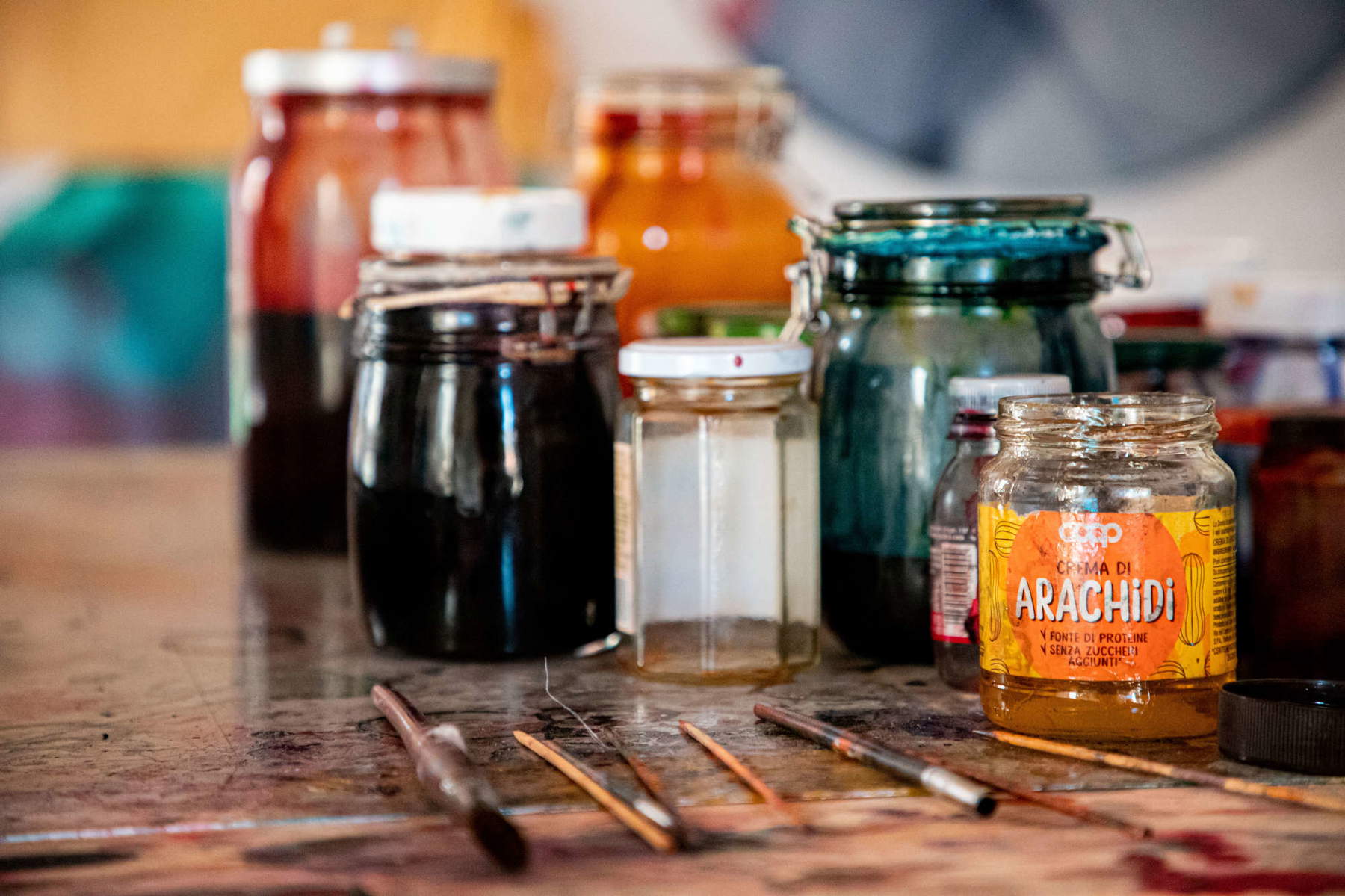
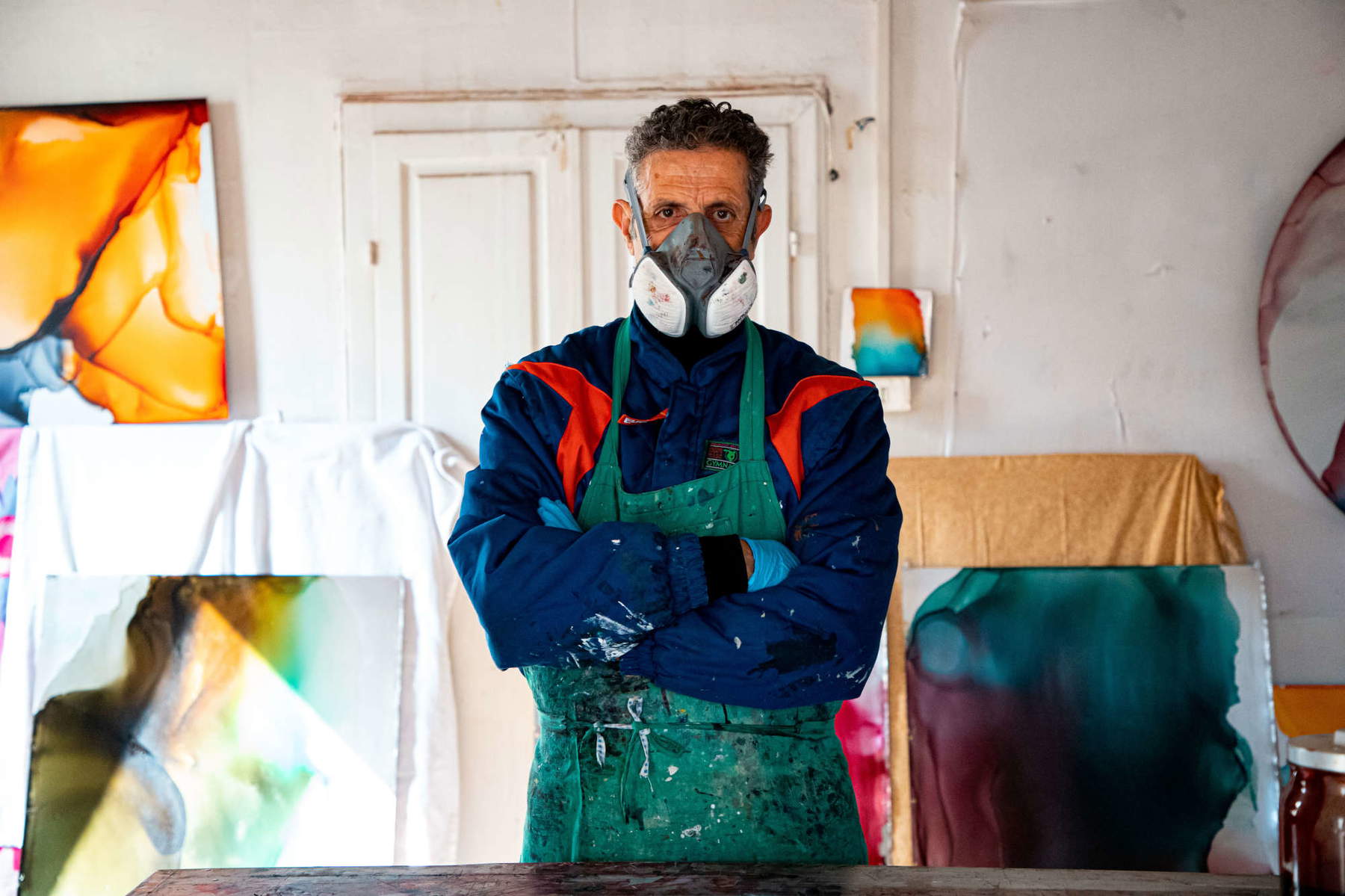
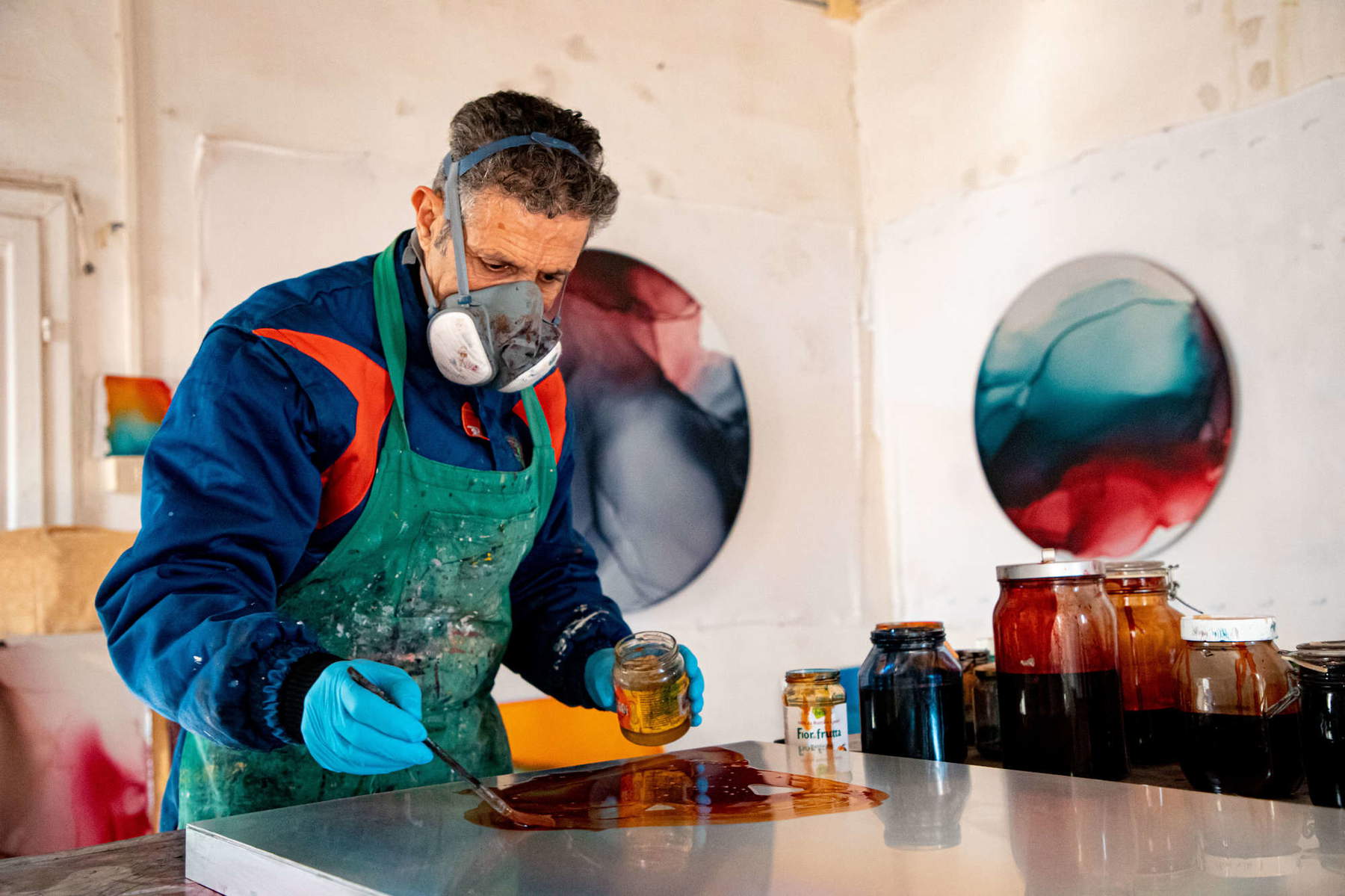
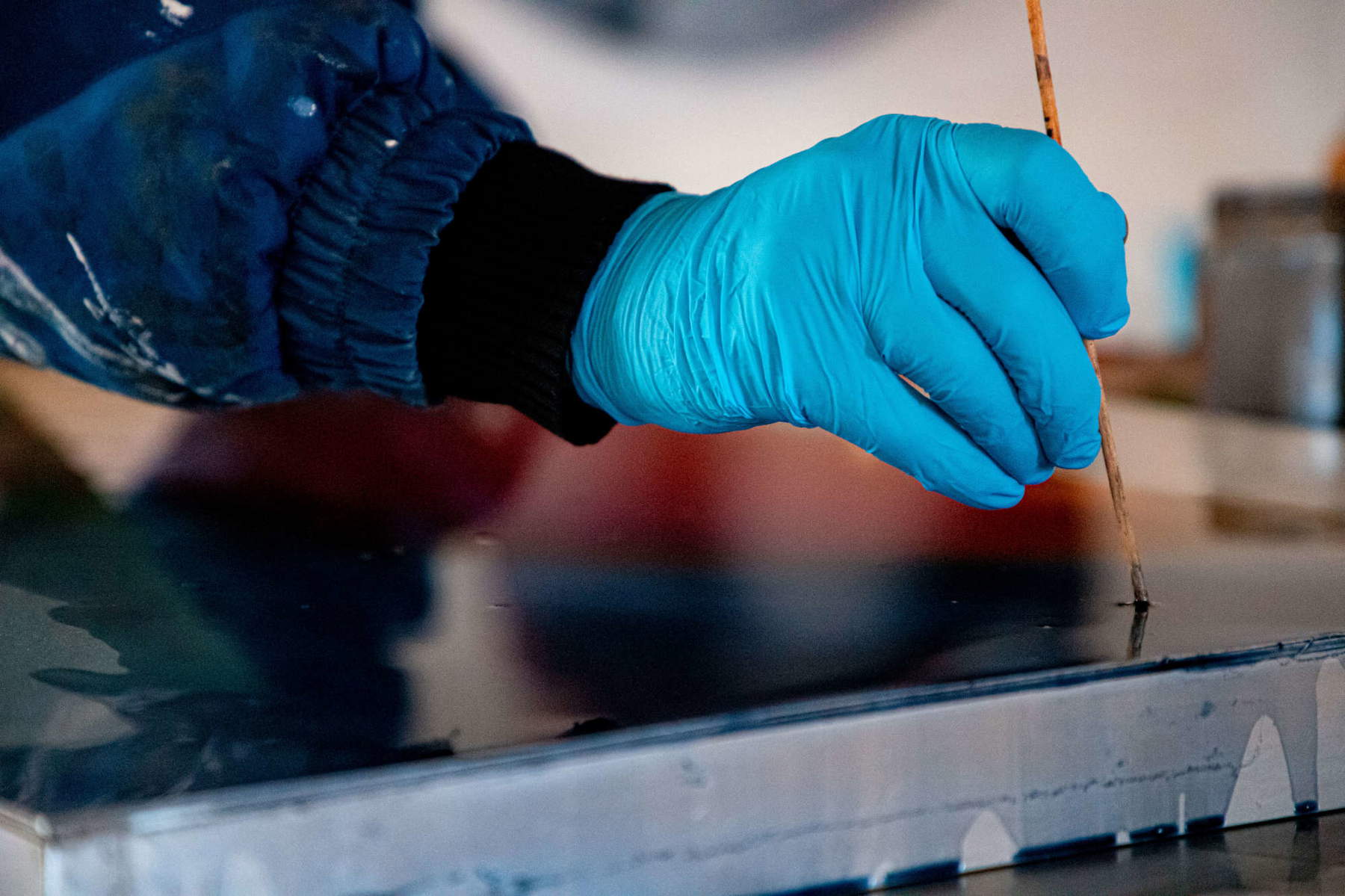
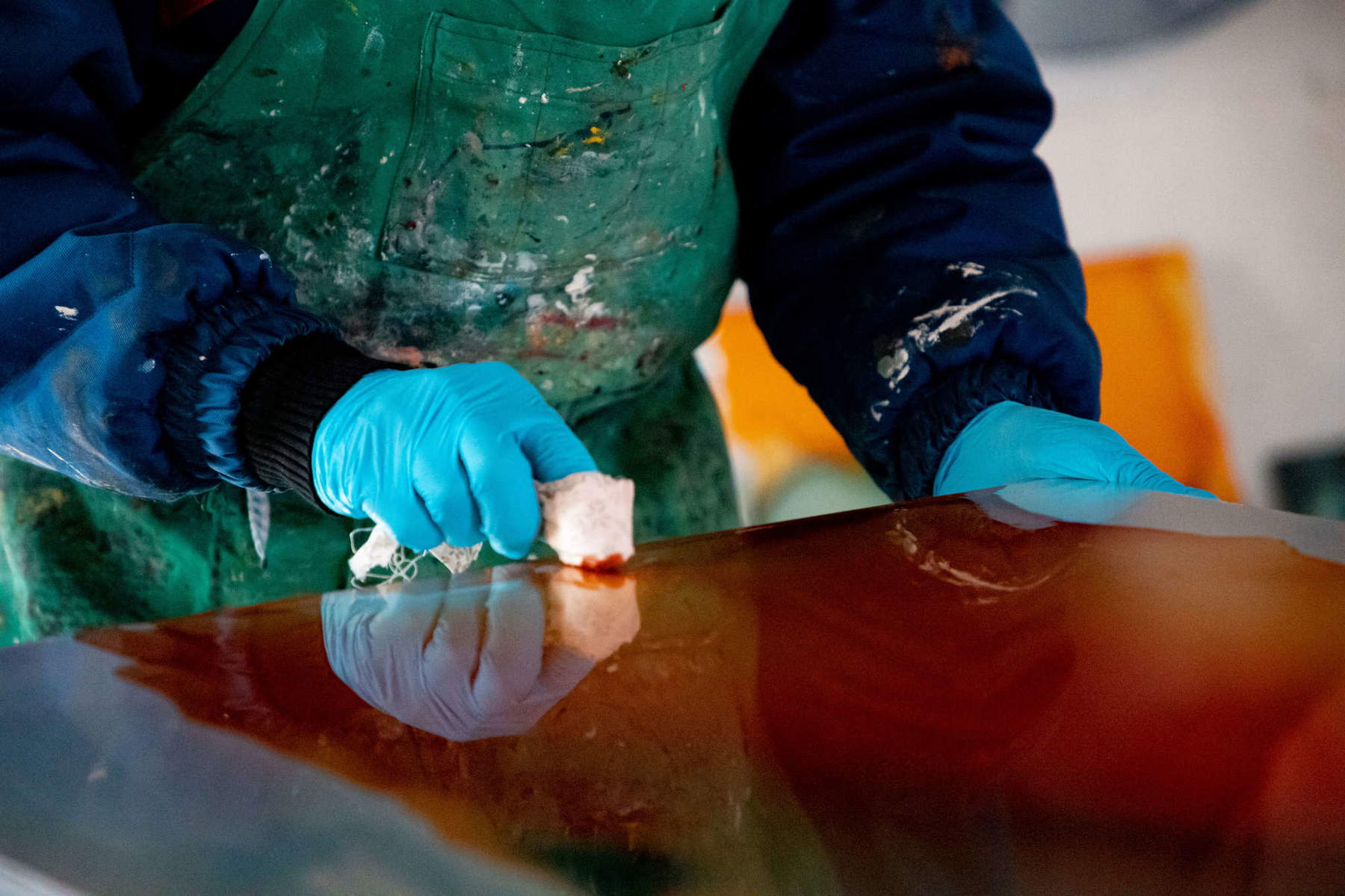
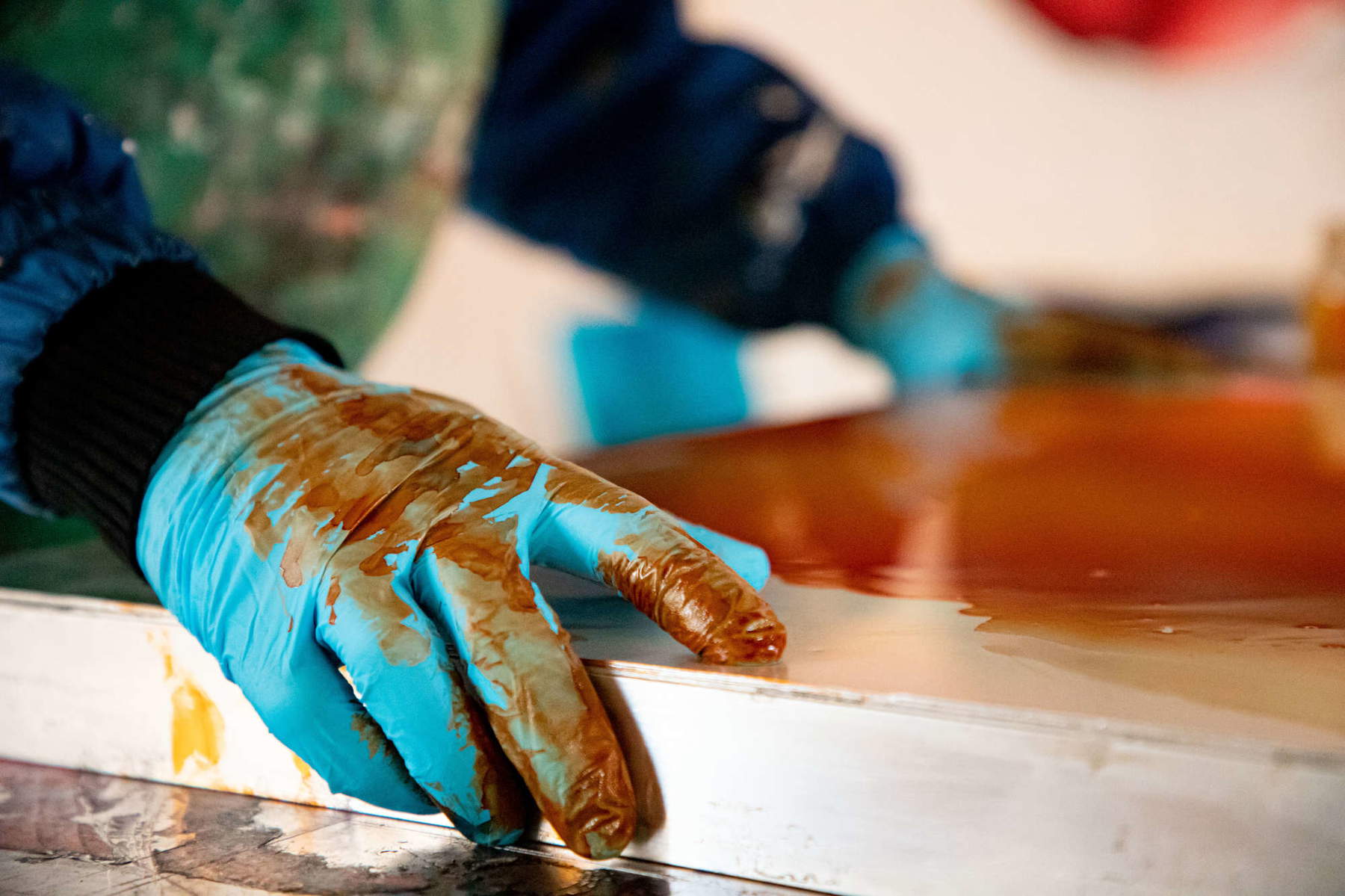
Warning: the translation into English of the original Italian article was created using automatic tools. We undertake to review all articles, but we do not guarantee the total absence of inaccuracies in the translation due to the program. You can find the original by clicking on the ITA button. If you find any mistake,please contact us.